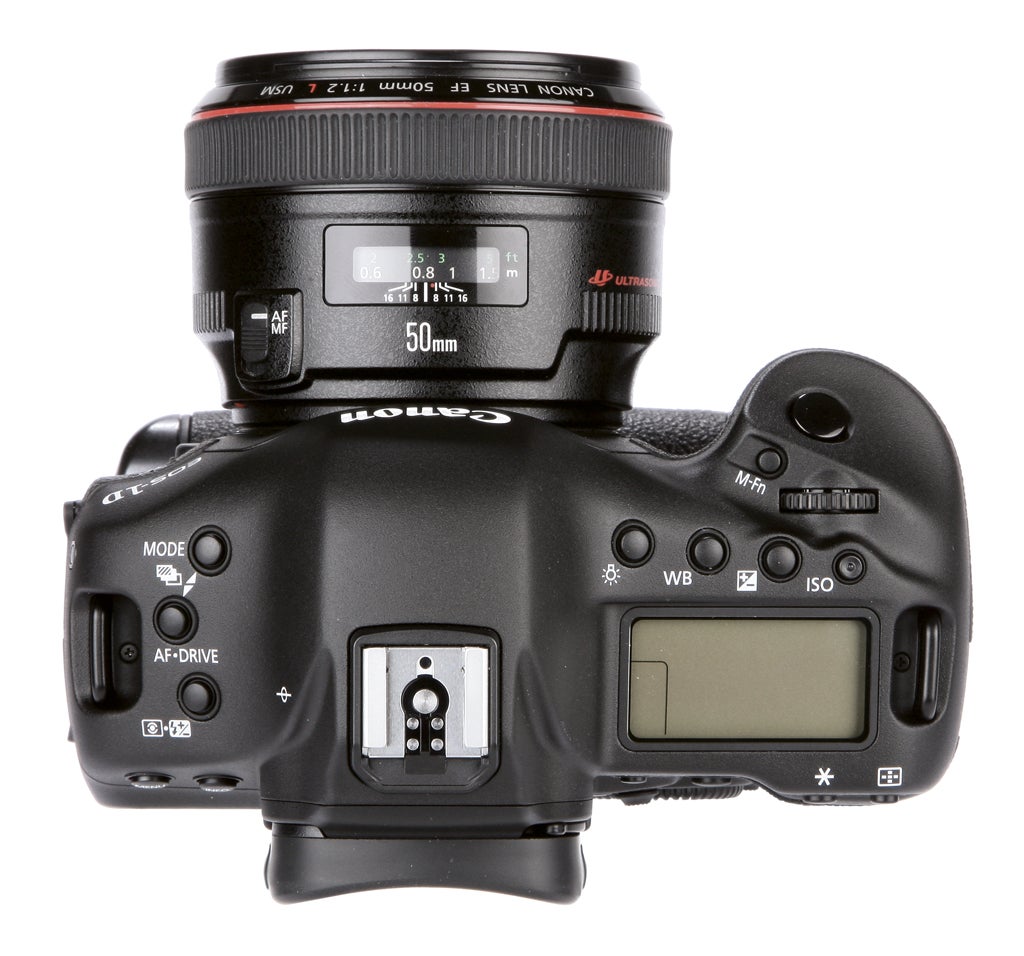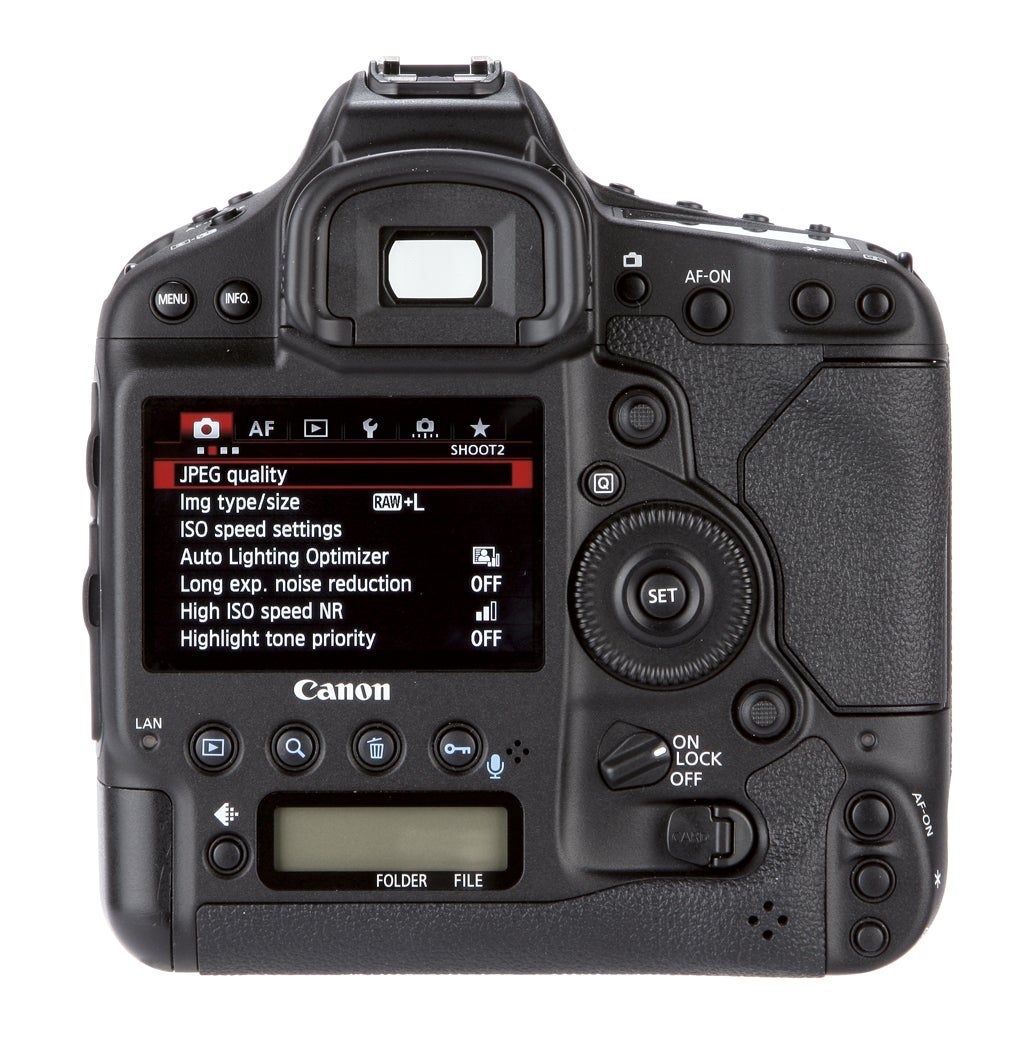With its 12fps shooting speed and outstanding low-light capabilities, was the Canon EOS-1D X ever going to be anything but perfect for Callum McInerney-Riley?
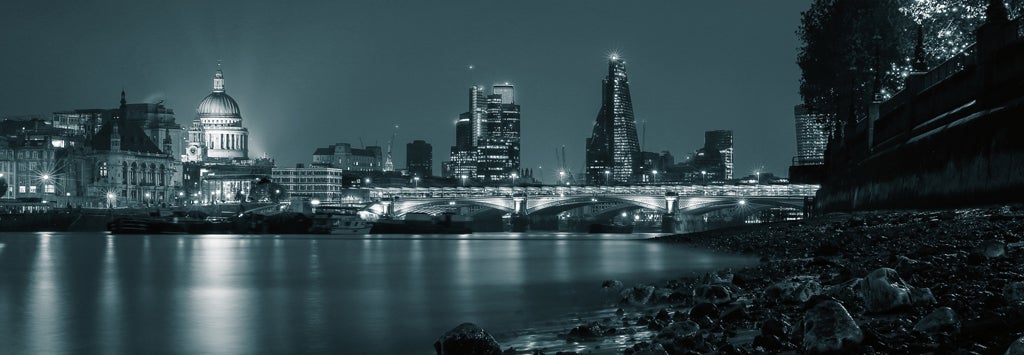 Image: By bracketing several exposures, it is possible to blend shots together to achieve a better dynamic range
Image: By bracketing several exposures, it is possible to blend shots together to achieve a better dynamic range
Canon EOS-1D X at a glance:
- 18.1-million-pixel CMOS sensor
- Two Digic 5+ image processors
- ISO 100-51,200 (204,800 extended)
- 3.2in, 1.04-million-dot LCD screen
- 12fps continuous shooting (14fps with mirror locked up, and exposure and AF locked)
- Price £4,845 (body only)
Several years ago, my photography mainly involved shooting products and portraits, with the occasional on-location reportage shoot thrown in for good measure. However, things have become far more diverse in recent years. As weddings, festivals and events have become more of a staple, the luxury that was ample time and light has evaporated. Often I find myself in near-dark conditions, attempting to photograph erratically moving subjects – be that the groom’s dodgy two-step dancing or the joyous arm-raising of an excited crowd from a bass-heavy beat. Whatever the situation, I still have to capture the moment.
When faced with such challenging conditions, my Canon EOS 5D Mark II struggled to deliver what I needed, so it was time to up the ante. On trying out a Nikon D4, I found that the focus confirmation in AF-S was quite hard to gauge, and while it would often find focus incredibly quickly, it would then judder back and forth. When focusing mostly using the AF-ON on the rear of the camera, I found myself firing just prior to the AF confirmation. This resulted in images that ever so slightly missed focus and were soft. At a cost of around £4,000 body only, it’s far too expensive not to be perfect for me. So, I got hold of a Canon EOS-1D X to try out for an event. Despite its almost endless customisation options, it took only one night of tinkering and shooting with the camera before I felt fully at home with it.
Features for professionals
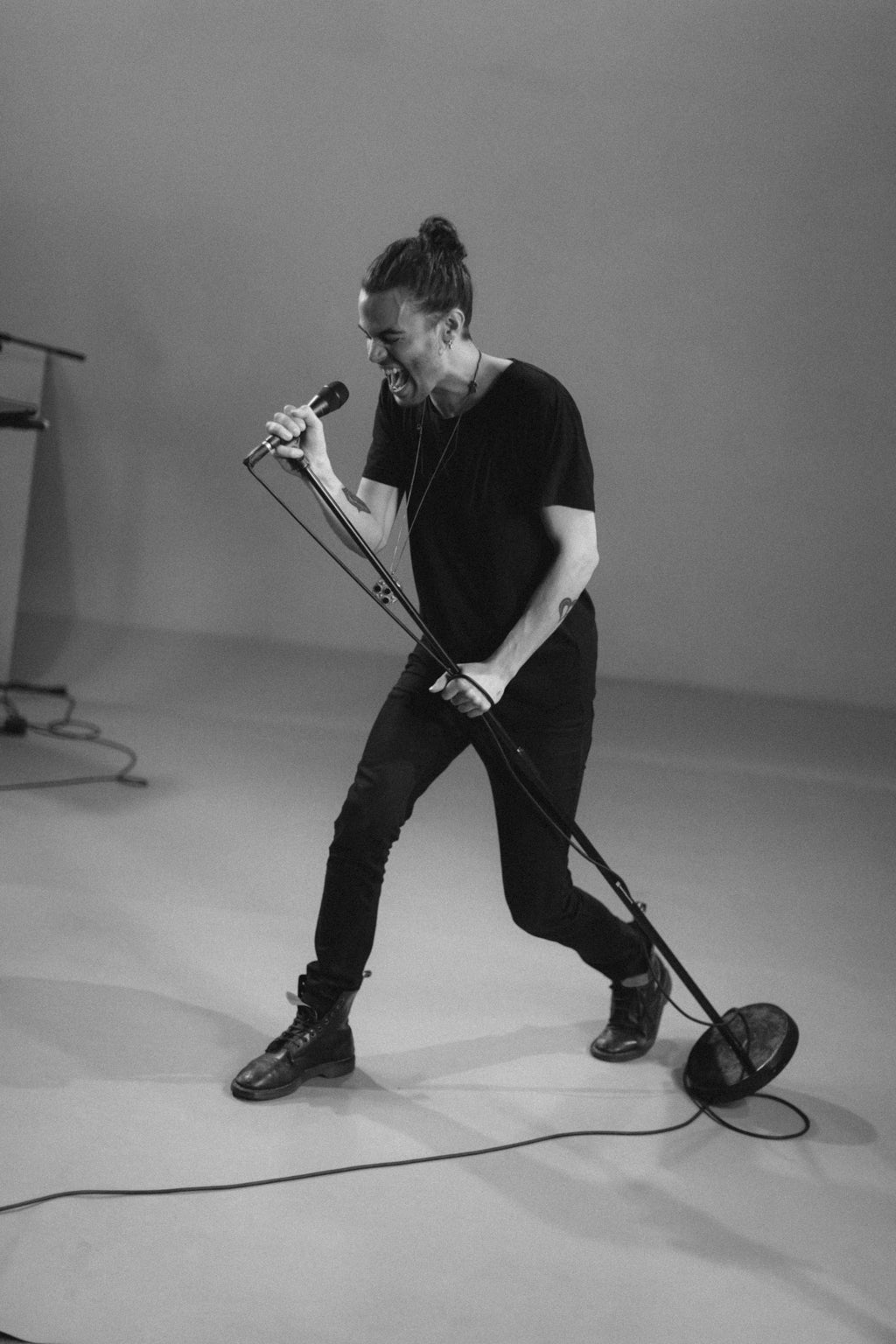 Image: Shooting at 12fps allows me to take the exact frame I want from a sequence
Image: Shooting at 12fps allows me to take the exact frame I want from a sequence
If you’re showing off with the EOS-1D X, the first thing you do is put it into continuous mode, point it into the air and rattle off 12fps while grinning like the Cheshire Cat. This is its ultimate party trick and, of course, the feature that most sports and wildlife photographers buy this camera for. It doesn’t matter if the camera is shooting raw, JPEG, or both, it still works at 12fps. Also, turning on overdrive in the menu will disable the autofocusing and allow a 14fps shooting speed. This impressive feat is possible thanks to not one, but two Digic 5+ image processors that are solely for capturing and buffering images.
I often find myself making the most of the EOS-1D X’s speed, particularly when shooting weddings, then selecting the best shot afterwards. It’s incredibly useful when taking group shots, as it’s commonplace for somebody to blink or be caught off-guard.
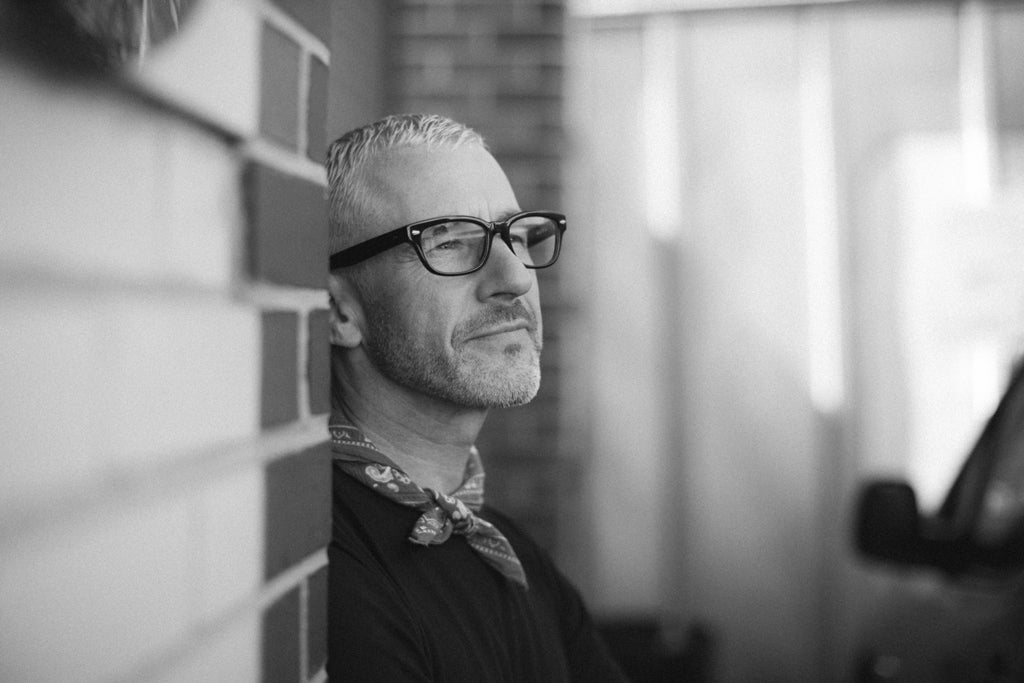 Image: You can emulate film using DxO FilmPack plug-in for Lightroom. This is Agfa Scala 200
Image: You can emulate film using DxO FilmPack plug-in for Lightroom. This is Agfa Scala 200
Inside the camera is an 18.1- million-pixel CMOS sensor. I think between 18 and 20 million pixels is the perfect resolution for the working photographer. After a day’s shooting, I tend to have roughly 2,000 images to download, sort through, edit and upload. Having an 18.1-million-pixel resolution allows workflow to truly flow. One of my only criticisms of the Nikon D810 is the file size. It’s a phenomenal camera, but it’s simply not practical for time-sensitive work. It requires hefty processing power from a computer, and excessive amounts of time to upload and download, as well as needing more resources to back up images after a shoot. With the EOS-1D X, JPEG images usually work out between 2.5 and 5.5MB, with 3.5MB being fairly standard. Raw files are usually 20-27MB, with 23.5MB being most usual.
If I’m shooting in the evening and the images have to be online the following morning, I can’t afford to wait forever for them to download onto my computer or import/preview in Lightroom. For that reason, I think the 18-million-pixel resolution is sufficient, and prints up to A2 quite happily.
 Image: I find myself shooting a lot of behind-the-scenes stills for social media
Image: I find myself shooting a lot of behind-the-scenes stills for social media
Build and handling
I can’t say I’ve treated the EOS-1D X badly. During day-to-day use, I’ve bundled it in and out of a rucksack countless times, rushed to change lenses on solid floors, travelled miles with it through crowds of party-goers and had several pints of lager splash against it. I’ve also spent a few mornings shooting in the rain and been out in the baking sun, but that’s a walk in the park compared to what the EOS-1D X is designed to handle. It has a magnesium-alloy chassis and body, and is weather-sealed with more than 70 gaskets. The camera can handle the most demanding needs of a professional photographer and copes well in wind, rain and sand – and it can take quite a knocking.
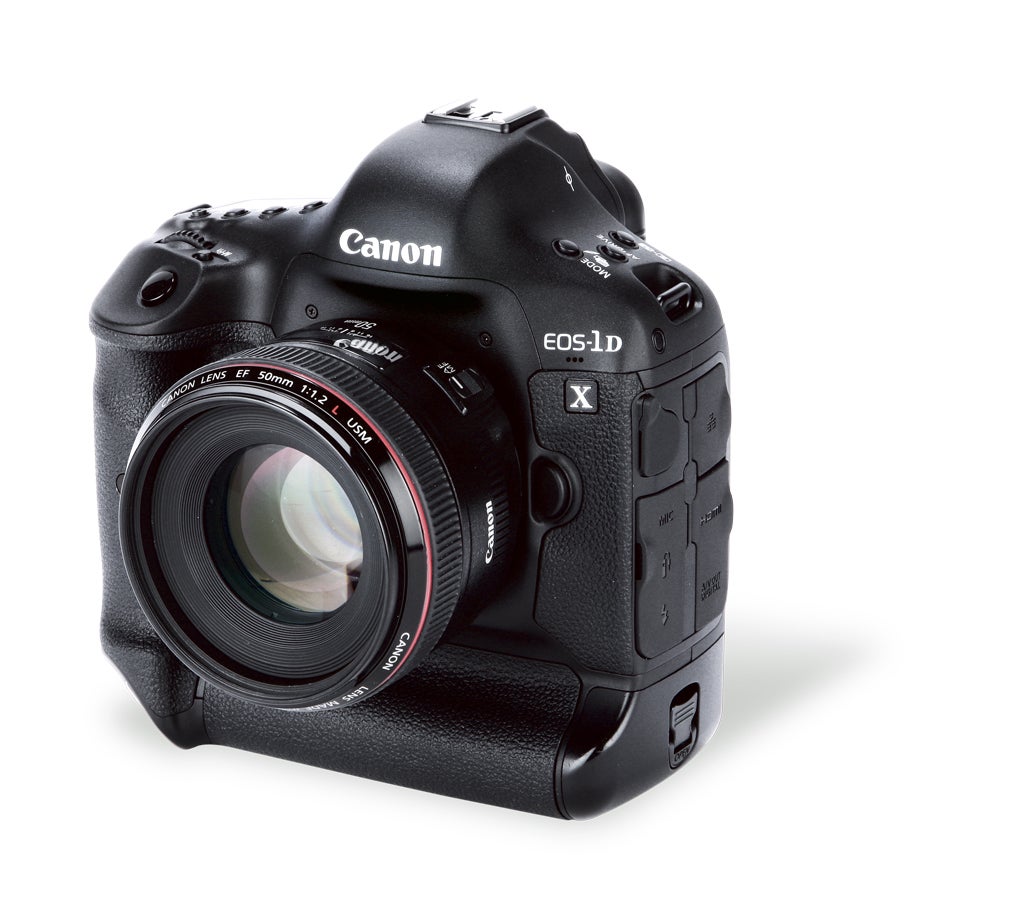 The control layout of the EOS-1D X is reserved for the manufacturer’s pro-end cameras. There are a lot of buttons, but most of the control takes place at the top of the camera. Almost everything I’m likely to need for a day’s shooting has a designated button on the camera’s top-plate. Canon avoids the camera looking like NASA’s mission control by assigning multiple uses to the buttons. For example, holding down the middle of the three top-plate buttons and turning the front dial will change the AF mode. Turning the rear dial will change the drive mode. In addition to this, pressing a combination of the mode button and AF/drive button allows users to change the bracketing mode. Most controls are straightforward to change. With a quick glance at the top-panel LCD, I know exactly what is going on at any given time.
The control layout of the EOS-1D X is reserved for the manufacturer’s pro-end cameras. There are a lot of buttons, but most of the control takes place at the top of the camera. Almost everything I’m likely to need for a day’s shooting has a designated button on the camera’s top-plate. Canon avoids the camera looking like NASA’s mission control by assigning multiple uses to the buttons. For example, holding down the middle of the three top-plate buttons and turning the front dial will change the AF mode. Turning the rear dial will change the drive mode. In addition to this, pressing a combination of the mode button and AF/drive button allows users to change the bracketing mode. Most controls are straightforward to change. With a quick glance at the top-panel LCD, I know exactly what is going on at any given time.
Autofocusing
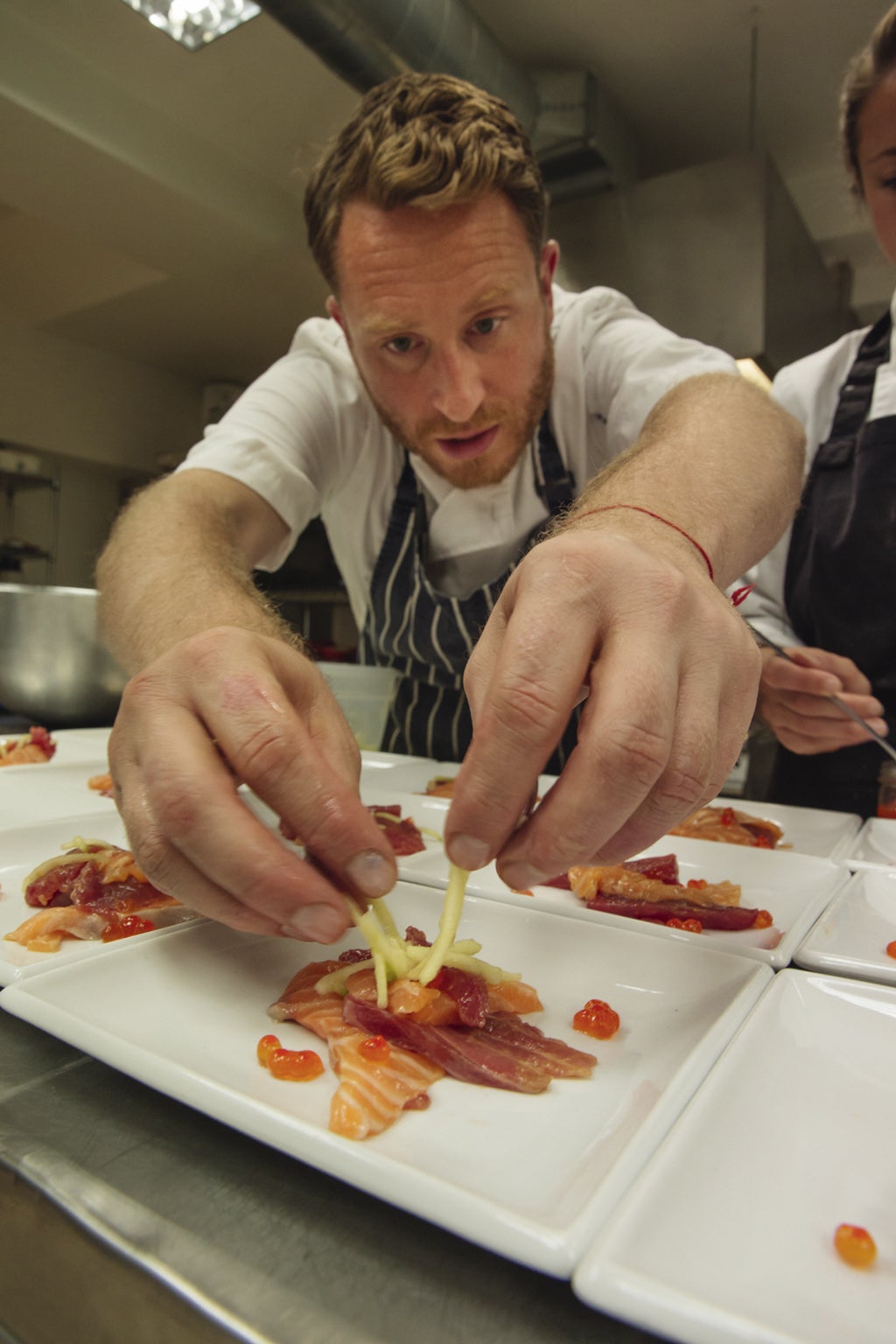 Image: With centre-point AF linked to the back button, I can quickly focus on a specific area and then recompose the image
Image: With centre-point AF linked to the back button, I can quickly focus on a specific area and then recompose the image
In addition to the two Digic 5+ processors for image processing, there is a Digic 4 processor, which is used for scene analysis. This processes information from the 100,000-pixel RGB colour sensor inside the EOS-1D X to help intelligently track motion of subjects and keep them in focus. Canon calls it EOS iTR and says the 61-autofocus point can track colour, size and shape for speedy and precise autofocusing.
This processor is one of the most significant differences between the Canon EOS 5D Mark III and the EOS-1D X. Although on paper the focus systems are near identical, the additional processor in the EOS-1D X means it operates very differently to the EOS 5D. Having used both in extreme low-light situations, I can safely say that the EOS-1D X is in a league of its own.
The aforementioned 61-point autofocusing system boasts 41 cross-type points and the centre five are what Canon calls High Precision focus points. This means the points measure vertical and horizontal detail (cross-type), as well as diagonally in both directions. The result is better focusing with lenses of f/2.8 or faster.
In low-light situations I often like to shoot at f/2.8 or faster, so I tend to use centre-point AF with back-button focusing. I like to focus, recompose the shot and fire the shutter. However, in situations such as a music festival, when I’m trying to nail a shot of a person dancing in the front row, by the time I’ve recomposed, the subject has moved out of focus. In this situation, activating 61-point AF and switching to the Al Servo continuous-focusing mode allows me to make sure the subject is in focus the whole time I’m shooting. If there isn’t enough available light, I use One-Shot with all the focus points active and wait for the AF confirmation. Switching between the modes is fairly easy: by pressing the AF-point button and tapping the M-fn button, users can cycle through the different focus-point options. Also, to reposition the focus point, the thumb controller can be used with the eye to the viewfinder to reposition it around the frame.
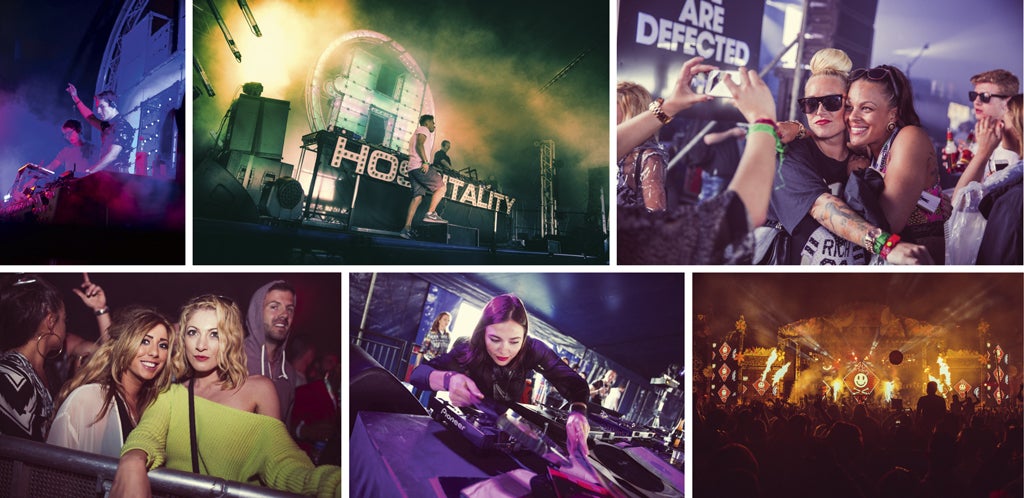 Images: We Are FSTVL was a really fun event to cover, but it was a big challenge for the camera. As most of the acts are inside tents and lit with minimal light, it made autofocusing very challenging. Also, a high ISO is needed, but thankfully both of these things are the EOS-1D X’s strong points
Images: We Are FSTVL was a really fun event to cover, but it was a big challenge for the camera. As most of the acts are inside tents and lit with minimal light, it made autofocusing very challenging. Also, a high ISO is needed, but thankfully both of these things are the EOS-1D X’s strong points
Pushing the ISO
As this camera is used by sports/wildlife photographers and general telephoto enthusiasts, it’s important to be able to push the ISO sensitivity in order to get a fast enough shutter speed. The sensor for the EOS-1D X was specifically designed with this in mind, and compared with previous generations of the camera the ISO performance is at least 1 stop cleaner.
I often shoot at high ISOs and really push the camera’s capabilities. In my experience, I am able to shoot at ISO 8000 before I start to lose significant dynamic range and image detail. Sure, the raw files are noisy, but by using DxO OpticsPro 9 noise reduction on the raw files – or Lightroom 5 if I’m in a rush – I can safely get away with this for web uploads. I don’t always push it this hard, but it’s reassuring to know I can go that high and still get good results. In comparison to the Canon EOS 5D Mark II I own, it’s worlds apart – the EOS 5D can only reach ISO 3200 before I start to stress about luminance noise. At ISO 100, the EOS-1D X’s images are always very detailed, a good bit more than those of the 5D Mark II and just a bit more than the Mark III when viewed at 100%.
Ambient flash trick
One of the biggest advantages of using the Canon EOS-1D X is having the ability to balance flash exposure with ambient light. At wedding receptions and festivals it’s often very dark, with artificial lighting that fills the venue. It’s very subtle and using an E-TTL flash exposure with settings such as ISO 100, f/5.6 and 1/120sec will capture barely any ambient light, causing an image to often look quite cold and featureless.
Slowing the shutter speed down to 1/40sec, pushing the ISO to 2500 and shooting at around f/2.8 or more, while using the flash E-TTL and rear curtain sync, enables me to capture the ambient light, creating a real sense of atmosphere. The slower shutter speed captures some of the motion of the image, while the flash freezes the important stuff in front of the camera. Shooting with a wide aperture and at a high ISO sensitivity allows the camera to make the most of the ambient lighting. It is quite risky to shoot wide open in low light, since the focusing needs to be exactly right, but thankfully the EOS-1D X has that base covered.
With most cameras, shooting at ISO 2500 causes the dynamic range to drop significantly, but the EOS-1D X still retains plenty of information in the shadows and highlights, even at high ISO sensitivities. As previously mentioned, I don’t have an issue with cranking the ISO up to
ISO 8000 for web use or small-scale printing, since the images aren’t blighted by noise at that sensitivity.
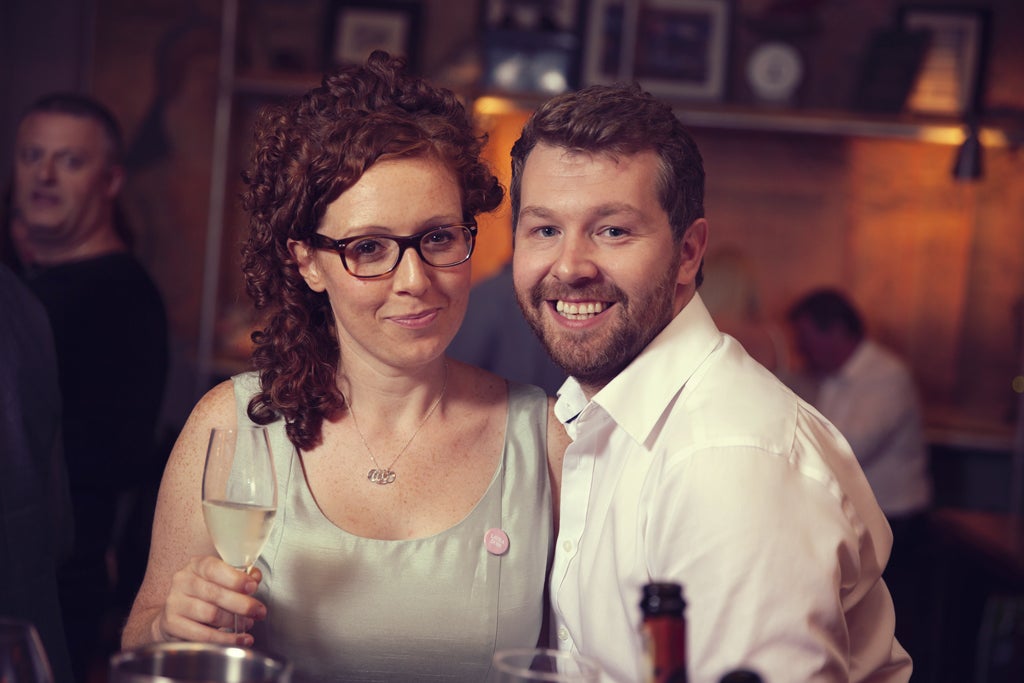 Image: Balancing the flash with the ambient light is great for portrait shots
Image: Balancing the flash with the ambient light is great for portrait shots
Conclusion
When the Canon EOS-1D X was released in March 2012, its direct competition was from the Nikon D4, but last year Nikon released its latest professional camera, adding more customisable options to the AF tracking, as well as an 11fps shooting speed. There are pros and cons to both cameras, but Nikon certainly closed the gap between the brands with the Nikon D4s, and in the specification department the two cameras can certainly match each other.
It’s hard to even guess what Canon will do with the next incarnation of the EOS-1D X. With this version, Canon discontinued both the Canon EOS-1D Mark IV and the Canon EOS-1Ds Mark III. The EOS-1D Mark IV was a sports and photojournalism-type camera, while the EOS-1Ds Mark III was a studio camera with a higher resolution than the EOS-1D X. I’d like to see a higher resolution version of the EOS-1D X with the ability to shoot different sized JPEG and raw files. I wouldn’t want to shoot at full resolution for time-sensitive work, but a resolution boost is always welcome when shooting editorial, fashion, food or lifestyle.
However, it’s more likely that a Canon EOS 5D Mark IV will cover the territory of balanced high resolution and good dynamic range, while the EOS-1D X stays as Canon’s out-and-out sports and action camera.
The EOS-1D X’s autofocus speed is outstanding, even in challenging conditions. The noise is well controlled at high ISO sensitivities and image quality is reasonably well detailed. However, I’d welcome improvements to these core credentials in the next generation.
I don’t need Wi-Fi, I don’t want 4K video and I don’t need bells and whistles. All I want from a Canon EOS-1D X is awesome image quality, low noise at high ISO and super-fast autofocus.
Canon EOS-1D X key features
Canon’s flagship SLR has all the features you’d expect of a professional workhorse camera
 Solid build
Solid build
With a wealth of gaskets and weather-sealing across the magnesium-alloy body, the EOS-1D X is one of the most hard-wearing cameras ever made. It’s designed to withstand the most testing conditions, from sand storms to typhoons.
ISO 100-204,800
The ISO sensitivity range of the EOS-1D X is a whopping ISO 100-204,800 in the extended settings, with a native setting of ISO 100-51,200.
61-point AF system
Like the Canon EOS 5D Mark III, the EOS-1D X has a 61-point AF system, but uniquely it has a Digic 4 processor designated to intelligently tracking subjects that gives it ultra-fast AF.
Portrait grip
Integrated into the EOS-1D X is a grip that has a duplicate set of controls for shooting portrait orientation. This also houses the huge battery.
12 frames per second
High Speed shooting is one of the highlights of the EOS-1D X. It boasts a 12fps shooting speed with either JPEG, raw or both simultaneously enabled.





